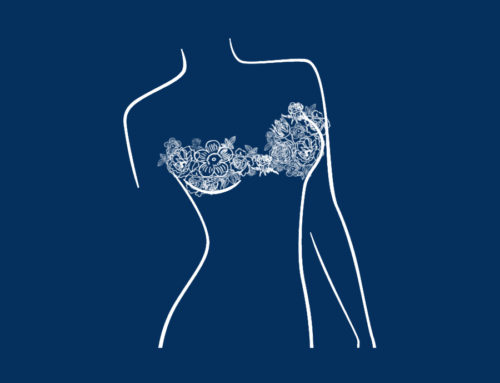Looking at all of the different types of implants can feel like a bit of a minefield. Silicone breast implants have changed in incremental steps over the last 50 years. Some changes have been good, others less so, and research and developments continue to be made by manufacturers.
The first silicone-filler breast implants were introduced to the market in the 1960s. These are now termed ‘generation one’. They had a thick outer layer (the shell) and inside was a thick silicone gel.
They were superseded in the 1970s by ‘generation two’ implants, which contrasted greatly, having been made with a very thin shell, and they were filled with a very thin, almost watery, silicone gel.
In the 1980s the design modification was to add a barrier layer to the outer shell.
In the 1990s the 4th and 5th generation silicone implants were developed with even thicker ‘more cohesive’ gels, with the firmest type called a ‘form stable’ implant. This enabled the anatomical teardrop implant to be produced that would maintain shape. The shell of the implants was also slightly thicker.
In the late 2010 new innovative product with a true cohesive gel and a surface that counteracted the unwanted side effects came on to the market, a new concept in breast implants. The surface is described as a nano surface and sits between the textured and smooth implants.
Textured Implants
The reason textured breast implants were created was to keep the implant from moving around within the breast pocket created by the surgeon. By giving the implant a slight roughness, the surface of the implant adheres to the tissue around it, keeping them in their initial positions. This becomes particularly important with implants that are teardrop-shaped, keeping them aligned properly within the breast tissue. If a teardrop-shaped implant were to move around, the breast would become distorted and irregularly shaped.
The original notion of textured implants was to help lower the chances of capsular contracture, which mainly is when the scar tissue around the implant hardens and squeezes the implant into irregular shapes. Since creation though, there has been no conclusive medical evidence that the claim is correct.
Recent research has shown a link between ALCL and textured implants.
Whilst not all women with textured implants will experience any problems with their implants if any symptoms of ALCL present then the patient should return to her surgeon for further investigation.
Smooth Implants
Many surgeons chose to change from smooth implants to textured implants to reduce the risk of capsular contracture. The implants suited only a small proportion of patients and are still not the first choice of many surgeons due to the higher complications associated with these implants.
For more information contact us today!






